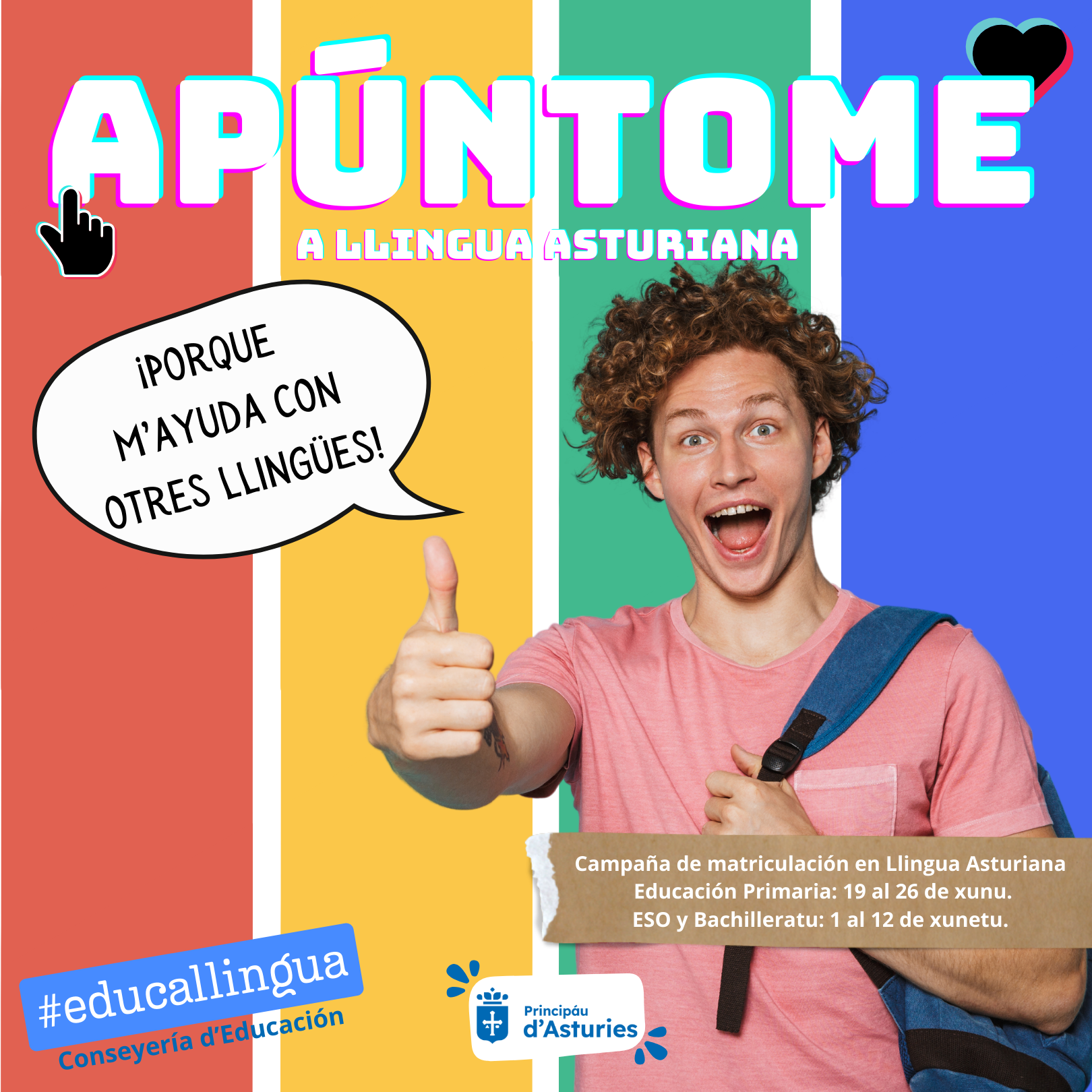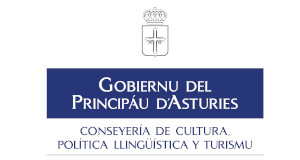Geographical Background





Situated in the north of the Iberian peninsular, the Asturian country is a complex space whose mountainous nature has, throughout history, always exercised a decisive influence upon the life of its populace. Abundant rainfall favoured by prevailing north-west and westerly winds eroded (apart from uneven areas at over 1,500 metres) a system of deep valleys jammed between the Cantabrian mountain chain which forms a natural frontier to the south, and the line of the coast to the north, with a maximum distance between these two natural frontiers of 80 km. For this reason, throughout all of the resulting 10, 565 km2 we find an extraordinarily varied conjunction of landscapes distinguishable by the nature and age of the natural materials which form them, and also by the extent of human influence upon them, and the vertical grading of their respective potential vegetations, all of which are collectively termed the Asturian massit, which is the northern side of the westernmost sector of the Cantabrian mountain chain.
From the mountain ranges and interior valleys of the west to the hme massif of the Picos d'Europa in the east, taking in the great central water basin , excepting the coastal mountain ranges through to the terraced ramp of the coast itself, the organisation of the Asturian territory, its communications, its flows and interchanges adapted themselves to the great central rivers as these flowed down to the sea.









